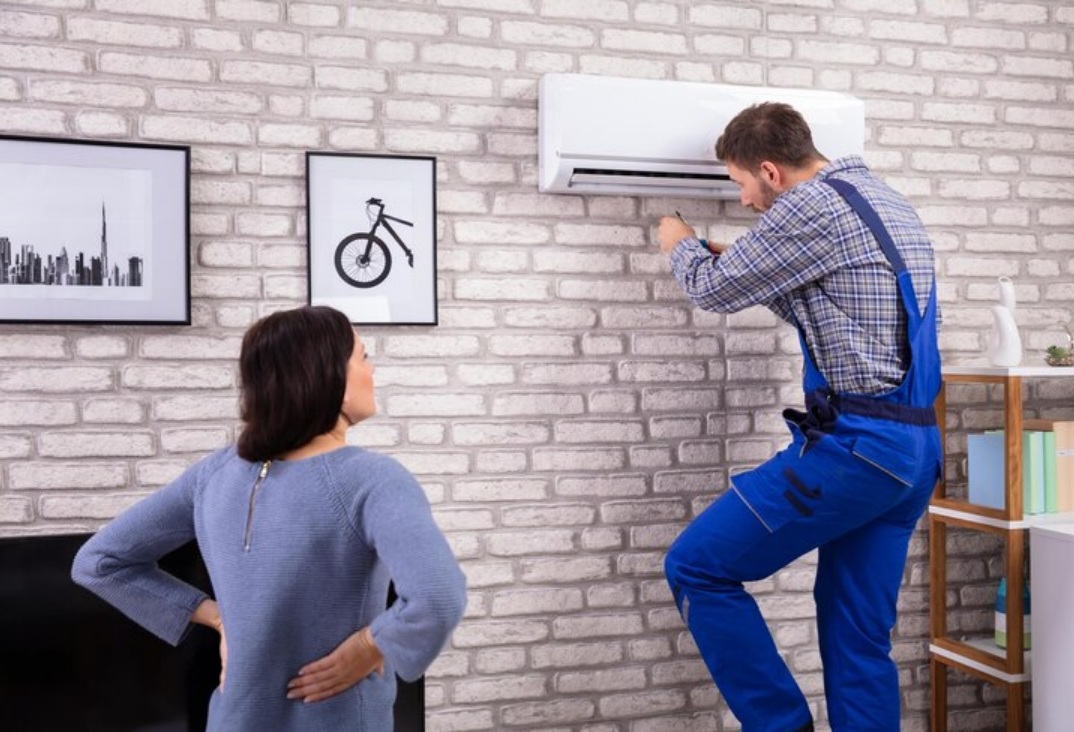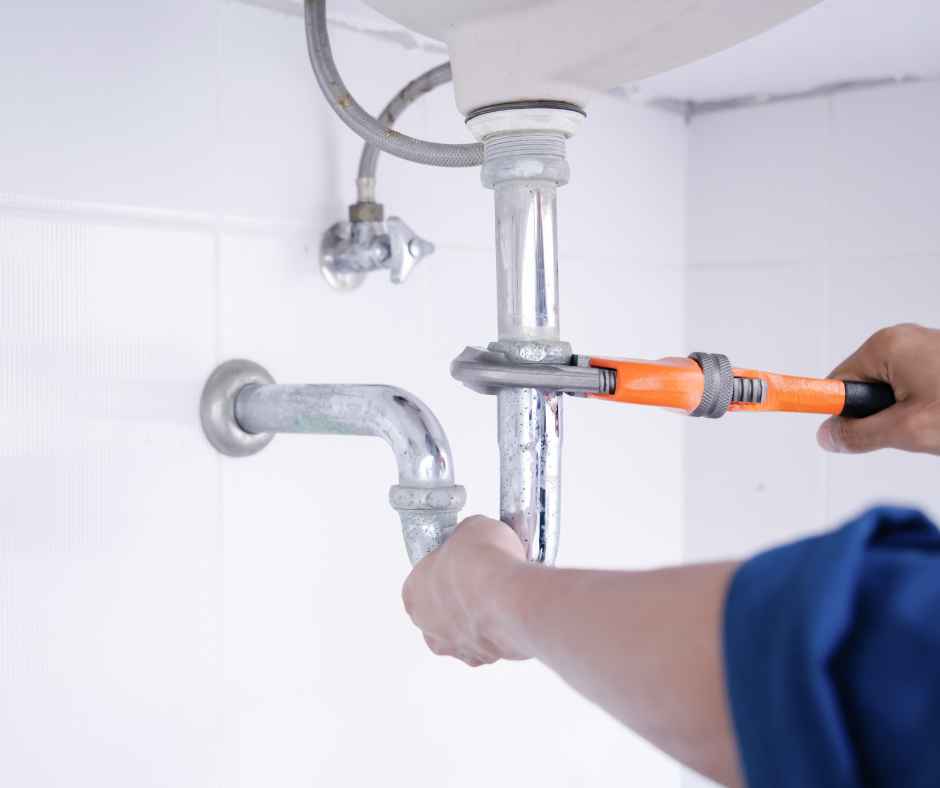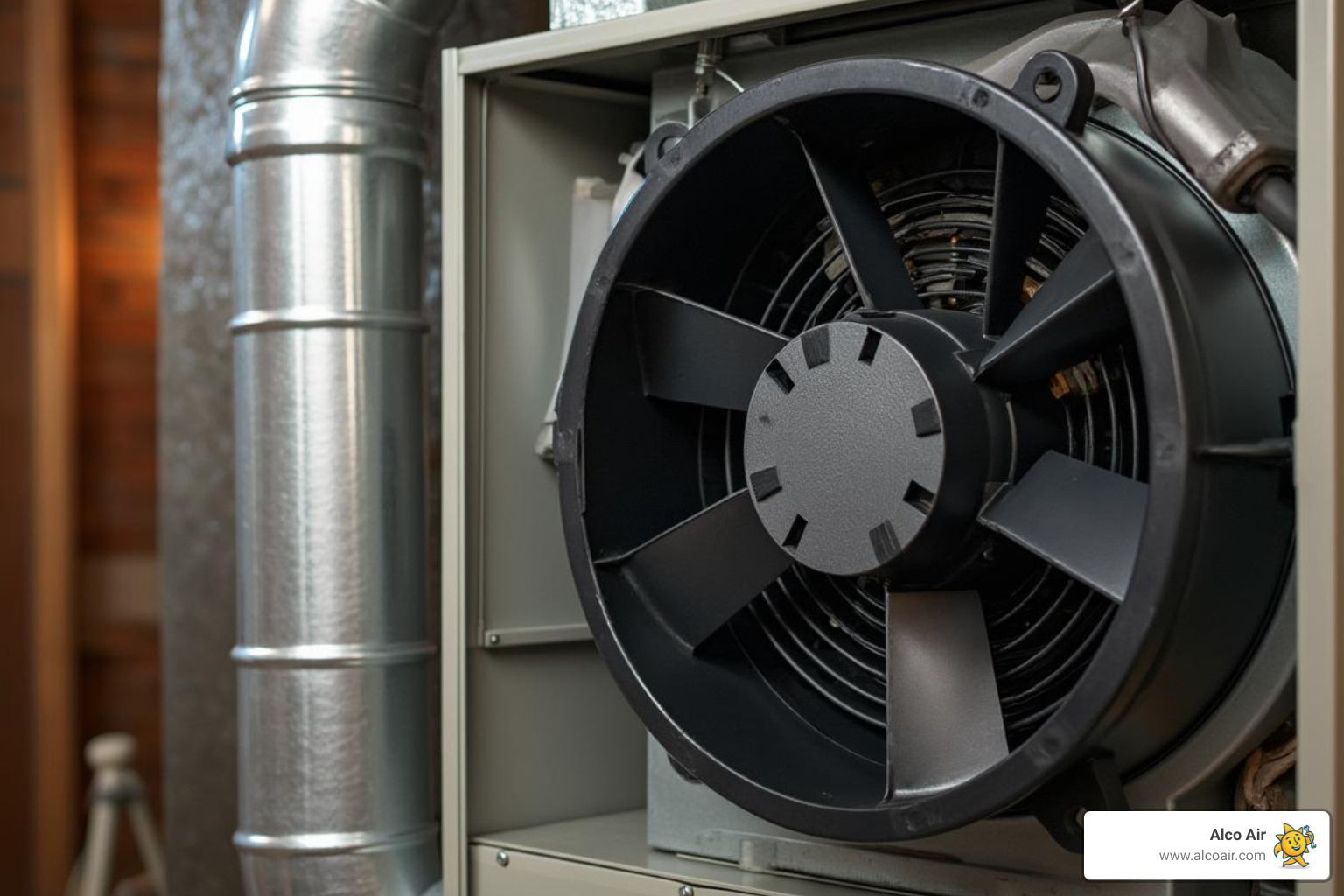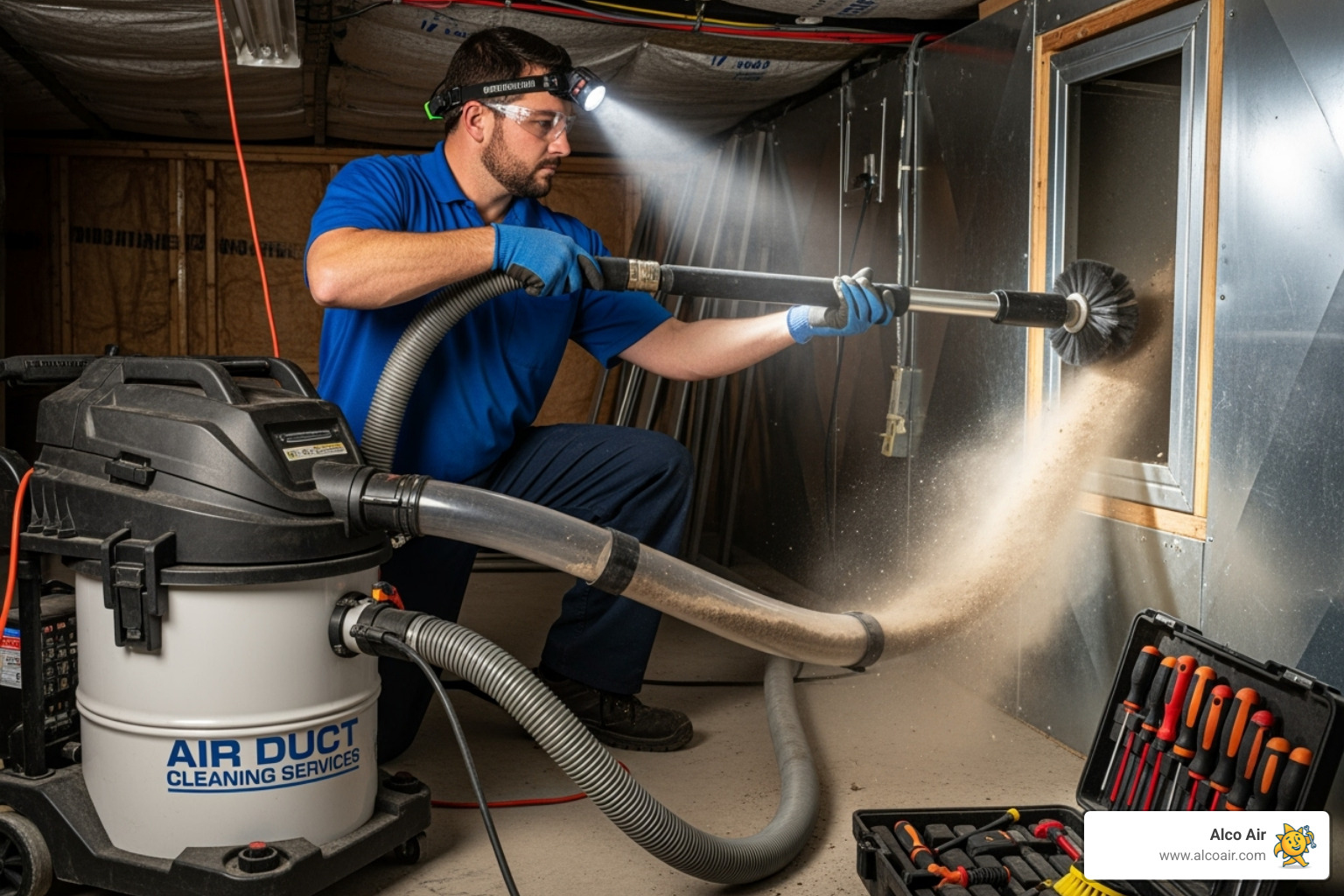As summer starts to wind down in Longview, your home’s air conditioning system deserves some attention. After months of hard work during high temperatures, wear and tear can build up unnoticed. Many homeowners assume their system is fine as long as it’s cooling, but small problems often go undetected until they cause bigger issues the following season. That’s why scheduling an end-of-summer AC inspection makes a major difference.
A thorough check can help identify any developing concerns early on. From airflow efficiency to thermostat inconsistencies, catching issues now saves you stress and money later. When your AC system is working at its best, you get better comfort, lower energy use, and fewer breakdowns over time. Inspections also improve your system’s lifespan and help it recover from the heavy workload it handled during summer.
Inspecting the AC Unit Exterior and Surroundings
Start your inspection with the outdoor AC unit. The area around it affects how well the system runs, especially after all the summer activity in the yard. Branches, grass clippings, and leaves can easily gather around the unit and block airflow.
Here’s what to check around the exterior:
1. Clear away leaves, weeds, and debris within a two-foot radius of the unit
2. Make sure the airflow openings aren’t blocked by anything leaning against the system
3. Look for damage to the panels or refrigerant lines—dents, cracks, and corrosion may signal trouble
4. Confirm the unit sits level, which helps prevent unnecessary wear on components
When an AC unit sits surrounded by clutter or shifts on an uneven base, it works harder than it should to maintain airflow. One homeowner in Longview noticed their home wasn’t cooling evenly. After checking the outside unit, they found a vine had started to wrap around part of the housing, limiting airflow and reducing cooling speed. Issues like that are easy to miss but can impact performance over time.
Evaluating Air Filters and Ductwork
Clean air filters help the AC function effectively without pushing the system too hard. When filters get clogged from dust and use, airflow slows, and your unit needs more energy to do the same job. This stresses the unit and negatively affects indoor air quality.
Take the time to look over these parts:
1. Check each air filter and replace it if it’s dark, dusty, or more than 60 days old
2. Make sure the filter fits snugly in its slot to avoid gaps where dust can bypass the filter
3. Look inside accessible parts of the ductwork for visible dust buildup
4. Feel along duct seams and joints for drafts that may be signs of leaks
5. Listen for sharp changes in airflow between rooms that could mean duct blockages
If a room feels stuffy while others cool normally, blocked or disconnected ductwork could be the issue. When airflow is uneven, your system struggles with consistent cooling, which not only lowers comfort but also cuts efficiency across the house. A full check of the filter and ducts helps restore proper balance and takes pressure off the system.
Assessing the Thermostat and Electrical Components
After addressing airflow and outdoor unit conditions, it’s time to look at the thermostat and electrical connections. These are the system’s brain and nerves. Small malfunctions here can throw everything off. A thermostat that isn’t calibrated correctly or has loose wiring can make your AC cycle at the wrong times, use too much energy, or stop working when you need it most.
Start with the basics: check the thermostat settings. Make sure it switches modes without delay, accurately displays the room temperature, and responds when you change the target temperature. If the cooling seems weaker than usual or turns on and off randomly, a faulty connection or old thermostat may be the cause.
Beyond that, electrical components behind the scenes also need attention. It’s important to check wiring, capacitor function, and connection points. Signs of a potential issue include:
1. Burn marks or discoloration near electrical panels or wires
2. Loose or frayed wiring inside or near the unit
3. A faint humming or clicking sound when the unit starts up
4. Flickering display or non-responsive buttons on the thermostat
These issues can build up with frequent summer use and lead to bigger problems during the next cooling season if ignored. If your home in Longview has had inconsistent temperature regulation over summer, this part of the inspection may reveal the reason.
Ensuring Cooling Efficiency and Performance
Once visual checks are handled and components are working, it’s important to be sure your HVAC system is still delivering the cooling power it should. Efficiency checks help you understand if your AC unit is overworking or underperforming. After a summer of nonstop use, refrigerant loss, weak airflow, or lagging performance may affect the overall comfort of your home.
Refrigerant levels are a key element. If they drop below safe ranges due to minor leaks, cooling efficiency will suffer. You might notice longer comfort times, hot spots, or strange noises during operation. Addressing this early on extends the life of your system and protects the compressor from wearing down too early.
Performance testing should also include checking condenser coil function, fan speed, and airflow from vents inside the home. Walk room to room while the system is running to feel for any changes in output. If one area seems weaker, it often means something in the system isn’t running as well as it should.
Here’s a quick wrap-up of the performance review process:
1. Measure airflow from vents to detect weak delivery zones
2. Test refrigerant pressure and look for small leaks
3. Listen to fan motors and compressors for unusual noises
4. Confirm that the exterior fan is spinning and not overheating
5. Check indoor temperatures compared to the set thermostat level
Regular performance issues usually don’t go away with time. They tend to get worse and lead to complete breakdowns under strain. An end-of-season check gives you the chance to catch these red flags before they cause your AC system to fail when summer returns.
Ending With Peace Of Mind: Trusting Our Professionals
Routine AC inspections are more than just a checklist. They are the foundation of long-term comfort and reliability. Wrapping up the summer with a detailed look at your cooling system offers peace of mind. It ensures your home stays comfortable and prevents small issues from becoming expensive repairs later.
Homeowners in Longview often rely on noticeable performance changes to indicate a problem. But by the time something feels off, wear has already affected the system. That’s why scheduling inspections at natural transition points, like the end of summer, helps you get ahead of potential issues.
Letting our technicians handle this review ensures everything from electrical safety to internal cooling performance is properly checked. With experience and the right tools, our professionals can inspect complex components, locate risks, and restore your system to top shape so your HVAC setup is ready for the coming seasons.
After a detailed summer inspection, keeping your cooling system in top shape is essential. Alco Air is ready to help you address any issues before they grow into major problems so that your home remains comfortable during warmer months. Consider our professional HVAC service in Longview to ensure every part of your system works efficiently and safely throughout the seasons. For a quick estimate or to book a service visit, please contact us today.











